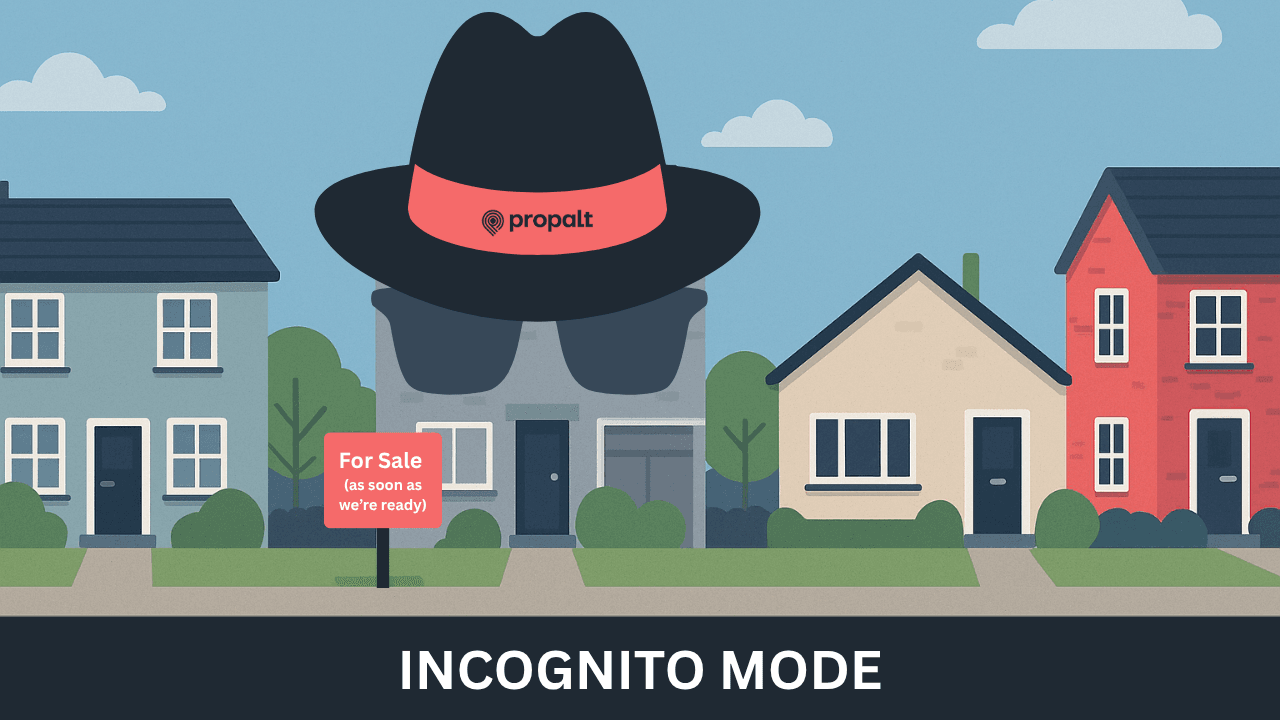

Analysing the Surge in UK Mortgage Approvals Amidst Variable House Price Trends
In recent updates from the Bank of England, the UK's mortgage market has shown unexpected strength, with approvals in February reaching 17-month high, defying economists' predictions. This surge, moving from 56,100 in January to 60,400 approvals, indicates a growing interest in home buying, marking the most significant activity since September 2022. However, in a contrasting development, Nationwide reports a slight dip in house prices for March, challenging the usual expectations of price movements alongside mortgage approvals.
These trends are crucial for understanding the UK's economic health and the housing market's direction. High mortgage approvals typically signal confidence in the economy and the housing sector, suggesting more people are ready to buy homes. The drop in house prices, meanwhile, could reflect temporary market adjustments or broader economic factors at play. Together, these indicators provide a clear, yet complex, picture of the current state of the UK housing market, highlighting its resilience and the shifting dynamics that potential buyers and sellers face.
Mortgage Approval Trends
Mortgage approvals surged to 60,400 in February, up from 56,100 in January, marking the highest activity level since September 2022. This increase, as reported by the Bank of England, indicates a strong demand for housing, buoyed by the decrease in the "effective" interest rate on newly drawn mortgages to 4.9%, the lowest since August 2023. The reduction in borrowing costs has likely encouraged more individuals to consider home ownership, making it an opportune moment for potential buyers.
House Price Dynamics
Despite the rise in mortgage approvals, Nationwide reported a slight 0.2% decrease in house prices in March, though the annual comparison shows a 1.6% increase from the previous year. The regional breakdown presents a mixed picture: London remains the most expensive area, while Northern Ireland experienced the highest annual price growth at 4.6%. This variation in house price trends across different UK regions underscores the market's complexity, suggesting that both timing and location are crucial factors for buyers and sellers. The current market dynamics offer potential opportunities for buyers in regions before anticipated price increases, while sellers might need to adjust their expectations based on local market conditions.
Economic and Policy Implications
With interest rates peaking at a 16-year high of 5.25%, there's anticipation around potential rate cuts. Such monetary policy decisions are crucial as they directly influence borrowing costs, affecting the demand for mortgages and the overall housing market recovery. The relationship between services inflation and mortgage rates is another critical factor. As inflation impacts the cost of living, it also affects consumer spending power and borrowing costs, influencing the housing market's pace of recovery.
Industry experts, including Simon Gammon from Knight Frank Finance, highlight the market's resilience amidst these economic fluctuations. Gammon notes the recovery in housing market activity, driven by declining mortgage rates since the latter half of last year, showcasing optimism for the market's future despite initial uncertainties at the year's start.
You might also like

The four easy steps to finding New Landlords with Propalt
Finding new landlords is a crucial aspect of growing a successful letting agency, but it can often feel like a daunting task. With Propalt, you have access to powerful tools and strategies designed to make this process more effective and efficient.

Win the instruction - even when they’re not ready to sell
Dormant Marketing Strategy ...If you’re attending a valuation with one of these sellers, there’s a risk: you leave without an instruction, only a vague promise of “we’ll be in touch once we’ve found something.” Even if they’re sincere, you’re now in a follow-up loop. And meanwhile, another agent could win their trust, find their next home, and take the listing.

Smart Letter-Dropping: A Guide to On-Market Canvassing for Estate and Letting Agents
During the summer, some listings stall. Some agents go on holiday. And some vendors get fed up. That’s where you come in. Here are six practical tips for improving your on-market canvassing strategy.
